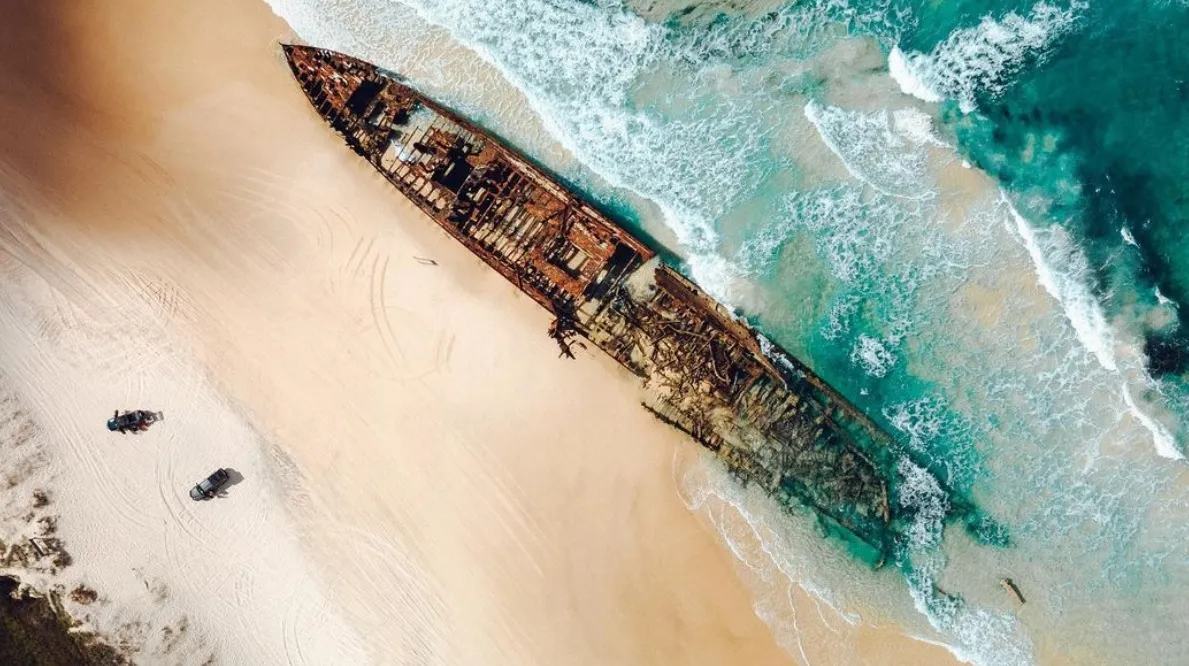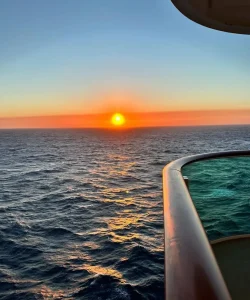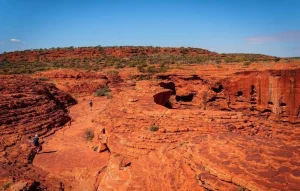While there’s little doubt that the Great Ocean Road is famous for its beautiful coastal views, it is also an area with a maritime background. Between the Cape Otway and Port Fairy runs the coastline called the Shipwreck Coast which is known for the unfortunate conditions in the sea and the ships that have been lost at sea. Heroic by neomasochism, aligning oneself in distress and endurance of anguish – sunken remains of navies tell of a different side of their possession – death – as captured by voyagers of Europe. This article is about ship wreckages and how they occurred, such people of Bass Strait, which is dangerous for sea routes, and the perspectives which sank these ships.
The Shipwreck Coast: A Graveyard of Ships
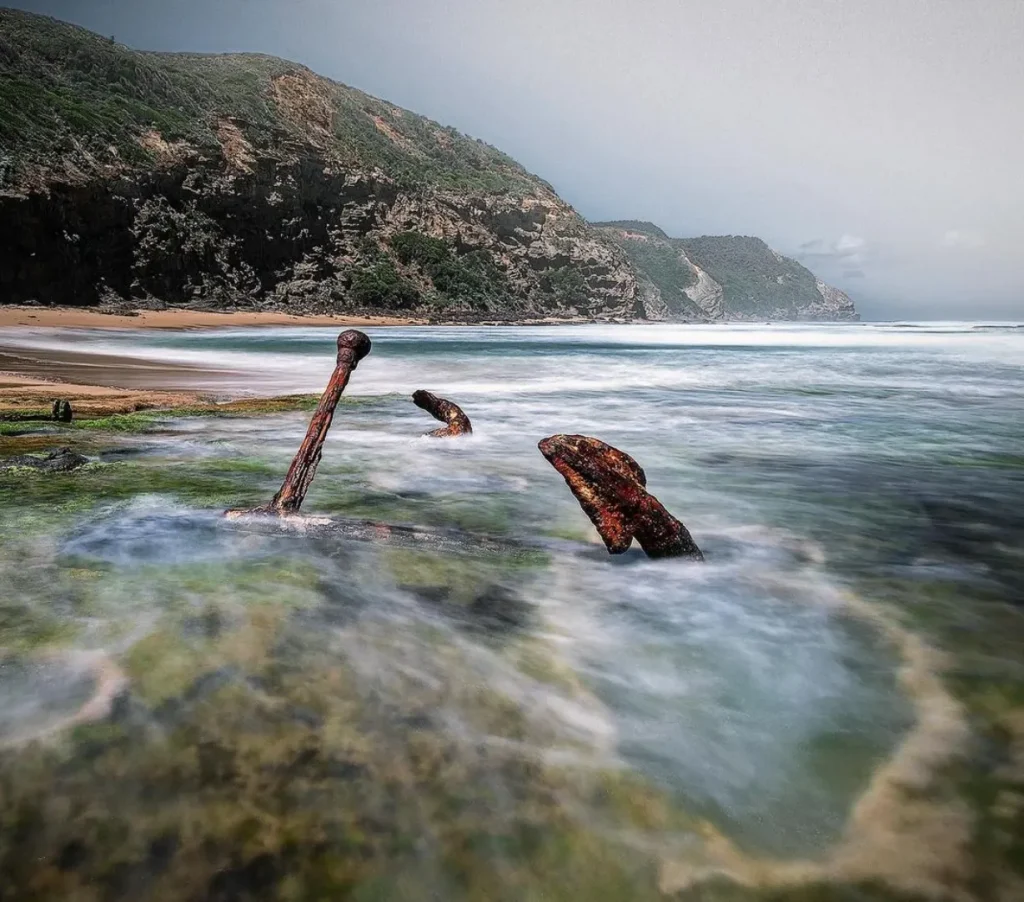
The Shipwreck Coast which runs from Cape Otway in the south west of Victoria to Port Fairy is well known to have rocky outcrops and hidden reefs. Close to 600 have been wind and weather whipped on this deck, but many foresee below this cold now southern ocean seas. This 130 km section of road is of great importance to Australia’s history as it tells of the struggles of those who came within a few hours of these waters. Those hooked shaped stupendously magnificent rock formations line the coastline providing a have a road that curves after every few impressive cliffs creating a dull dangerous sea route.
The Loch Ard Tragedy: A Tale of Survival
The shipwreck of the Loch Ard is likely the most popular shipwreck known at the Great Ocean Road. This four mast iron barque was almost through the journey from England to Melbourne when it ran into Mutton Bird Island just off Port Campbell. There was a total of 54 persons on board of which two survived – a boy in the cabin Tom Pearce, and immigrant girl Eva Carmichael. Its equally dramatic conclusion in the sea caves of the Loch Ard Gorge has earned this story a place among the most famous of shipwrecks. In modern times, the impressive beauty of the Loch Ard Gorge has become a source of interest for tourists with accompanying information posters daintily narrating the history of the occurrence of tragedy.
The Wreck of the Marie Gabrielle: A Tragic Loss
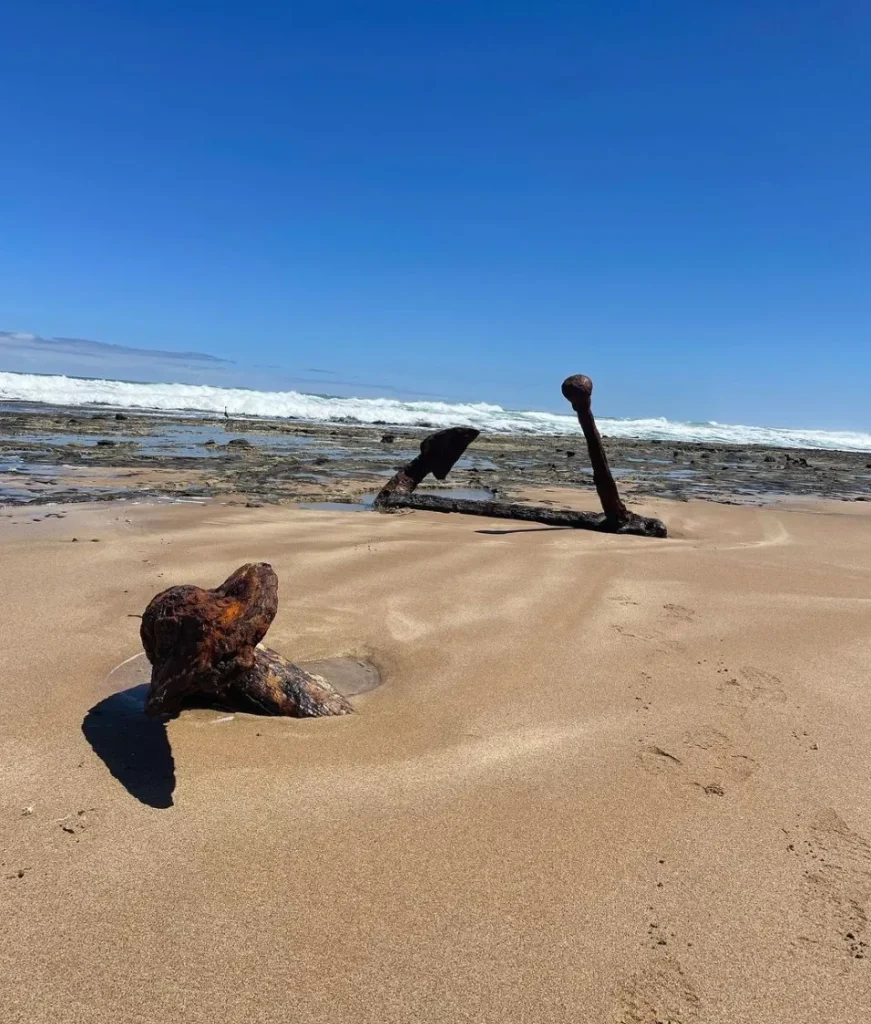
Another historic wreck on this shoreline is that of the Marie Gabrielle. This merchant vessel laden with a tea cargo, sank somewhere close to Wreck Beach in 1869. Contained within the storm, dangerous weather and any instance of it caused the Marie Gabrielle’s crew to attempt driving the ship to the shore and What emerged was a wreck on the beach instead. Among these historic wrecks is the Marie Gabrielle which is one of the many shipwrecks telling the story of the treacherous Bass Strait seascape experienced by the early navigators. Enough of the wreck is exposed at low tide always of attention to visitors.
Exploring the Shipwreck Coast
On the Habitats of Shipwrecks Coast For anyone craving more of the maritime ways of history of Australia, the Shipwreck Coast has a large number of places in which one can come across. A portion of the Flagstaff Hill Maritime Village in Warrnambool displays remains obtained from many of the shipwrecks inclusive of the Loch Ard famous shipwreck. The Permanent memorial to shipwrecked sailors is located in Flagstaff Hill Maritime Museum and is dedicated to the numerous 19th Century Shipwrecks on the coast along with exhibiting the port of port fairy and warnambool.
Lighthouses and Maritime Safety

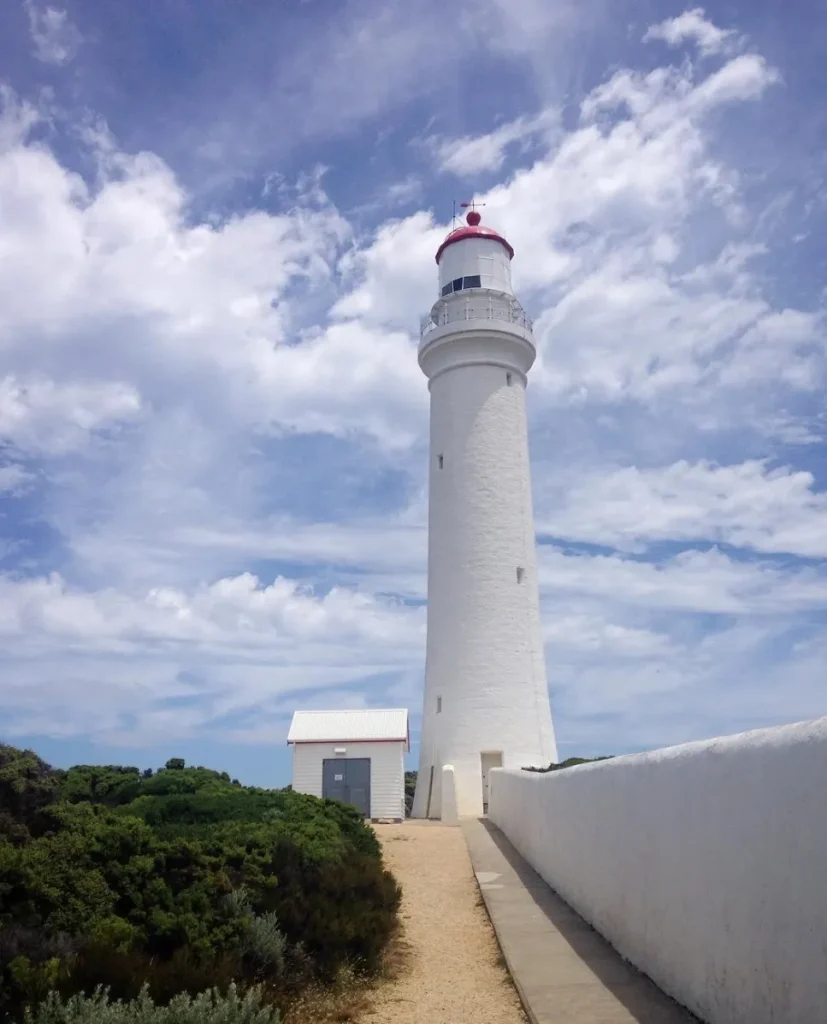
Due to the geographical features of the region and the highly unpredictable weather, several lighthouses of architectural significance were erected on the Great Ocean Road. One such lighthouse that was put up in 1848 is the Cape Otway lighthouse Australia’s second oldest operational lighthouse business lighthouses. It was essential in seeing the safe passage of vessels into and out of the dangerous Bass Strait. The notable infrastructures include The Cape Nelson Lighthouse and Cape Schanck Lighthouse which were also built up to enhance safety on navigational routes However despite these aids and indications given to the vessels, there were periods when negligence on the part of the sailor would lead to unfortunate consequences.
The Role of Traditional Custodians
The Shipwreck Coast has the physical remnants of seafaring, but it is also enshrined in the culture of the Eastern Maar& Gunditjmara sovereign people. They have a spirit of reconciliation and are actively letting the people take part in their culture helping in the appreciation of that beautiful coast. Techniques that encourage fairness of results help ensure that the scenic beauty of the area as well as the cultural activities associated with the people will still stand in years to come.
Diving the Historic Wrecks

For a thrilling experience, one can dive in the ocean that extends off the Shipwreck Coast, where there is an adventure to see some of the great ship wrecks of all time. The Loch Ard wreck and the wreck of Schomberg, which was a magnificent cruising vessel, lie in shallow seas and can be fun for experienced divers. Submerged sites show hulk remains of ships that defied the Southern ocean piercing winds. The experience of scuba diving enables one to see not only the views of the sea but the sunken ships the sea has claimed and covered the sea bottom with.
Stories of Survival and Heroism
Shipwrecks that can be found on the longest road in Australia, the Great Ocean Road have their share of sad ending but they also have savoury of brave men and women who fought and triumphed. There are people, such as Eva Carmichael and Tom Pearce, who survived the sinking of their ships due to sheer luck or other unusual circumstances. Their recollections have been safeguarded in the memories of the people, and monuments and re-enactments at sites such as Loch Ard Shipwreck Centenary have been done around them.
The Infamous Wreck of the Schomberg
Schomberg, at that time, was one of the best ships ever built and was bound to meet its watery grave. However, on its first trip in 1855 this ship was a navigation failure and ended aground off Moonlight Head. No one died during the event, but the ship carrying tea worth dozens of dollars and all the participants’ faces suffered. The wreck is lying few metres away from the shore and is a shocking site to behold while it serves as a sad reminder of how things were in the earlier stages of sailing.
Preserving the Maritime Heritage
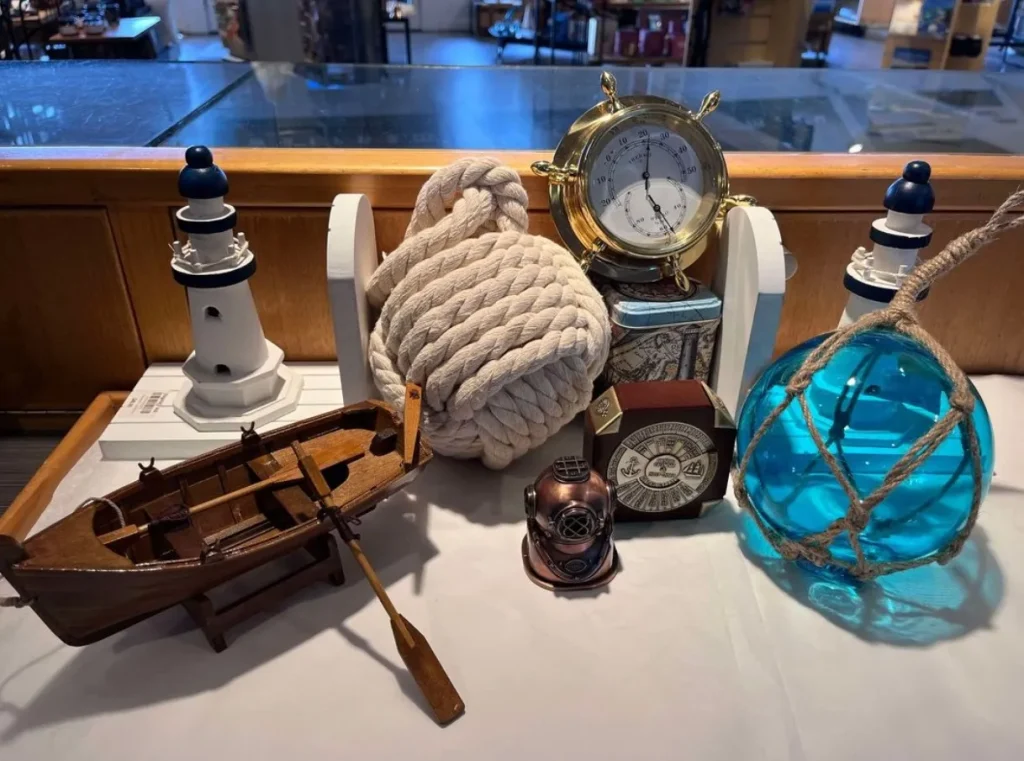
It also includes activities such as shipwreck mapping, archaeological site preservation, and raising awareness on the hazards that occupied the sailors on the Vic torians’ coast. It is the Flagstaff Hill Maritime Museum, Historical Societies as a local son of the liberal arts and history that make a difference so that sailors and other persons who were displaced due to shipwrecks don’t go unheard.
Conclusion
In addition to being sad relays of loss, the shipwrecks’ history in the Great Ocean Road serves as a voice of victory and persistence of the identity of the people in the place. From Eva Carmichael’s daring rescue at Loch Ard Gorge to Marie Gabrielle tragedy and the lost crew onboard, these are some beautiful tales that explain the maritime history of the continent of Australia. They appreciate without fear the beauty and utter thrill of travelling through the Shipwreck Coast and the risky maritime stretch of the ocean knowing of wonderful people who had once bravely sailed and fought angering waves and the great legacy they left behind. If you are interested in these historical facts and places you can book a Great Ocean Road day tour from Melbourne, the route of which passes through the historic wreck sites.
FAQs
Which ship is considered the biggest loss at Shipwreck Bay?
The Loch Ard is the most recognised & memorable shipwreck that took place at Shipwreck Coast. It is probably the most famous of the Shipwreck Coast’s nautical disasters whose wild tale of mastectomy of life is memorialized at Loch Ard gorge of port of Campbell.
Are there spots on the Great Ocean Road where I can dive to see the shipwrecks?
Yes, there are a number of shipwrecks, such as the Loch Ard and Schomberg, which are quite shallow that are open for advanced divers.
How would lighthouses contribute to shoreline traffic and shipwrecks?
Although dangerous conditions persisted and the occasional gaucherie ensued, Lighthouses like the Cape Otway Lighthouse, Cape Nelson Lighthouse, etc were able to prevent ships from running aground on the ocean’s edge.
How have shipwrecks influenced the region’s cultural heritage?
The shipwrecks along the Great Ocean Road have contributed towards the cultural heritage of the area with the local people and the rules wanting to tell the history and the narratives of these sea disaster events.
Where can I learn shipwrecks material relevant to the Great Ocean Road?
The Flagstaff Hill Maritime Village in Warrnambool has a lot of information regarding the shipwrecks and Maritime history in this region, including the Loch Ard and Schomberg shipwrecks.
